

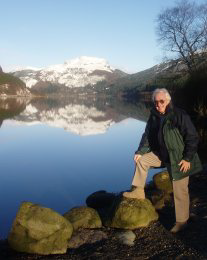
There are two places in this big old world that I consider to be truly picturesque and beautiful - one being the Rockies in Western Canada and the other, the highlands of Scotland.
Scotland is the most northerly of the four parts of the United Kingdom , and occupies about one-third of the Island of Great Britain. It is bounded by England in the South and on the other three sides by sea; by the Atlantic Ocean on the west and north and by the North Sea on the east. Its mainland area is 28,269 square miles (73,217 square kilometres); including inhabited islands, it has an area of 30,418 square miles. The west coast is fringed by deep indentations (sea lochs or fjords) and by numerous islands, varying in size from mere rocks to the relatively large landmasses of Lewis and Harris, Skye , and Mull. The island clusters of the Orkneys and the Shetlands lie to the north. At its greatest length, measured from Cape Wrath to the Mull of Galloway, the mainland of Scotland extends to 274 miles (441 kilometres), while the maximum
breadth, measured from Applecross, in the western Highland region, to Buchan Ness, in the eastern Grampion region, is 154 miles. But because of the deep penetration of the sea in the sea lochs and firths (estuaries), most places are within 40 or 50 miles of the sea, and only 30 miles of land separate the Firth of Clyde and the Firth of Forth, the two great estuarine inlets on the west and east coasts, respectively.
The name Scotland (in latin, Scotia) derives from the Scots, a Celtic people from Ireland who settled on the east coast in about the 5th century. The name Caledonia has often been applied to Scotland, especially in poetry. It is derived from the Roman name Caledonii, of a tribe in the northern part of what is now Scotland. The kingdom of the Scots gradually gained control over neighbouring peoples until, by the 11 century, they ruled over roughly the country’s modern mainland. Medieval struggles for independence from England were successful, but in 1603 the king of Scots became king of England, and in 1707 Scotland’s parliament was joined to that of England but this changed in 1998 when a new parliament was set up for Scotland in Edinburgh.
But Scotland has retained much of its cultural identity. Superficially, the external perception of this may descend to an image of whisky-swilling, tartan-clad Highlanders in mist-enshrouded castles, looking backward to bloody battles and romantic tales. But the tenacity of the native culture has a deeper reality; in political and social attitudes distinct from those south of the border, in the strength of Scottish literature still flourishing in three languages- English, Gaelic and Scots), and in musical and folktale tradition that survive to the present day. Though Scotland’s population is only about five million, many millions abroad proudly claim Scottish descent and keep some of these traditions alive after many generations. With the finding of oil in the North Sea and now on the western side of Scotland, extensive agriculture, fishing and whisky industries together with more modern high tech industries in the central belt of Scotland (now known locally as silicon Glen!), Scotland is now probably one of the most wealthy and prosperous countries in the universe.
So wealth and beauty go hand in hand in Scotland. Why not pay us a visit and share it with us. You will not be disappointed. Here are some of the sights you can expect to see:-
The name Scotland (in latin, Scotia) derives from the Scots, a Celtic people from Ireland who settled on the east coast in about the 5th century. The name Caledonia has often been applied to Scotland, especially in poetry. It is derived from the Roman name Caledonii, of a tribe in the northern part of what is now Scotland. The kingdom of the Scots gradually gained control over neighbouring peoples until, by the 11 century, they ruled over roughly the country’s modern mainland. Medieval struggles for independence from England were successful, but in 1603 the king of Scots became king of England, and in 1707 Scotland’s parliament was joined to that of England but this changed in 1998 when a new parliament was set up for Scotland in Edinburgh.
But Scotland has retained much of its cultural identity. Superficially, the external perception of this may descend to an image of whisky-
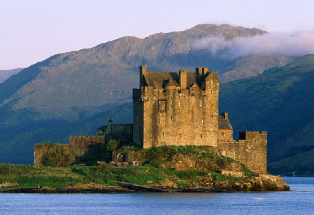
Eilean Donan Castle

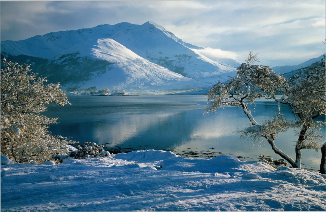
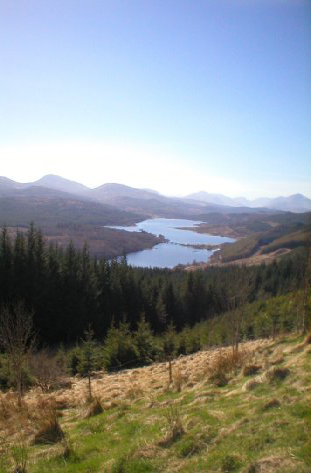
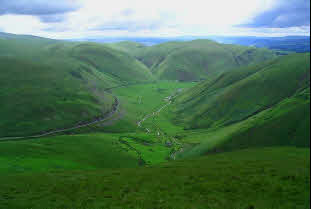
Dalveen Pass Dumfriesshire
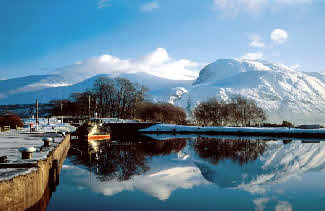
Ben Nevis
Loch Garry (note the likeness to the Map of Scotland)
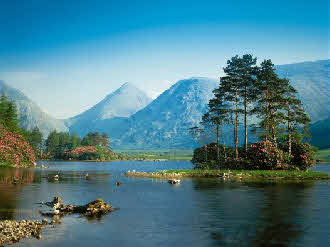
Glen Etive
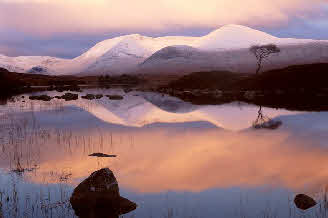
Western Highlands
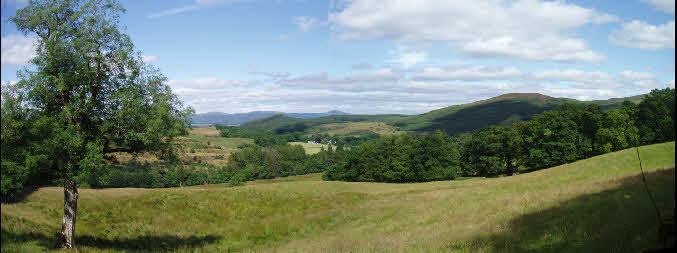
Tynron Glen, Dumfriesshire
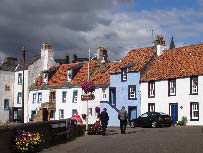
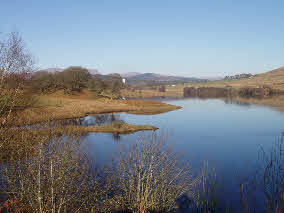
St Monans, Fife
Loch Ken, Kirkcudbrightshire
Ballachulish




